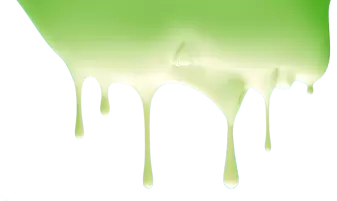What are anomalies in ghost hunting? We take a brief look at anomalies in ghost investigation...
 In ghost hunting, anomalies or "extras" sometimes are found with photographs, and typically, are not visible before the photo was taken. Explainable photographic anomalies are sometimes misidentified by ghost hunters who mistakenly believe they are evidence for the existence of ghosts. Unexplainable anomalies are not yet known, as to their cause, and may be actual proof of ghost activity or haunting.
In ghost hunting, anomalies or "extras" sometimes are found with photographs, and typically, are not visible before the photo was taken. Explainable photographic anomalies are sometimes misidentified by ghost hunters who mistakenly believe they are evidence for the existence of ghosts. Unexplainable anomalies are not yet known, as to their cause, and may be actual proof of ghost activity or haunting.
False Ghost Anomalies Versus Real Ghost Anomalies
Some examples of real ghost anomalies might include apparitions of people or body parts, mists or vapors (often dubbed "ectoplasm" or "ecto"), unexplainable lights, out of place shadows and real ghost lights (orbs that emit their own luminescence or incandescence - the light being created from either a lower or higher temperature).
Sometimes, false apparitions, mists, orbs or a funnel-type cloud (mistakenly called a "vortex") may be captured when photographing ghosts. Explanations for these types of false anomalies can include camera straps, bracelets, hair, dust, pollen, fingers, moisture, flash reflection, etc., that will interfer with ghost photography.
Anomalies can appear in film and on digital photography files. Various examples of false ghost anomalies would be: clouds of mist caused by cigarette smoke, steam, breath, fog, etc; balls of light caused by the flash of the camera (dust orbs, for example) or moisture (such as rain, snow); shadows created by the finger accidentally placed in front of the camera flash unit or external light source; bars of light or hazes (often orange) caused by improper flash settings (e.g. night mode); and false apparitions caused by improper camera settings.
For More Reading and to See Actual Images of False Anomalies Found in Ghost Pictures, Visit: Fake Ghost Pictures

